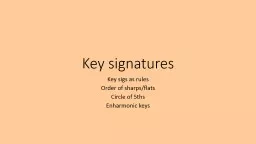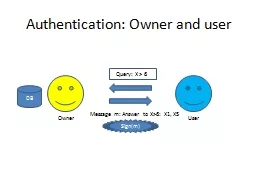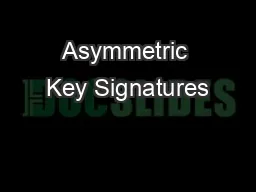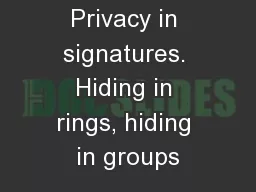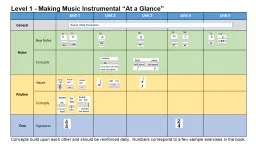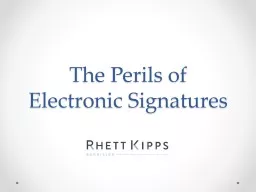PPT-Key signatures
Author : trish-goza | Published Date : 2017-08-02
Key sigs as rules Order of sharpsflats Circle of 5ths Enharmonic keys Any pitch can be Do We move Do around to accommodate ranges of various instruments quality
Presentation Embed Code
Download Presentation
Download Presentation The PPT/PDF document "Key signatures" is the property of its rightful owner. Permission is granted to download and print the materials on this website for personal, non-commercial use only, and to display it on your personal computer provided you do not modify the materials and that you retain all copyright notices contained in the materials. By downloading content from our website, you accept the terms of this agreement.
Key signatures: Transcript
Download Rules Of Document
"Key signatures"The content belongs to its owner. You may download and print it for personal use, without modification, and keep all copyright notices. By downloading, you agree to these terms.
Related Documents

